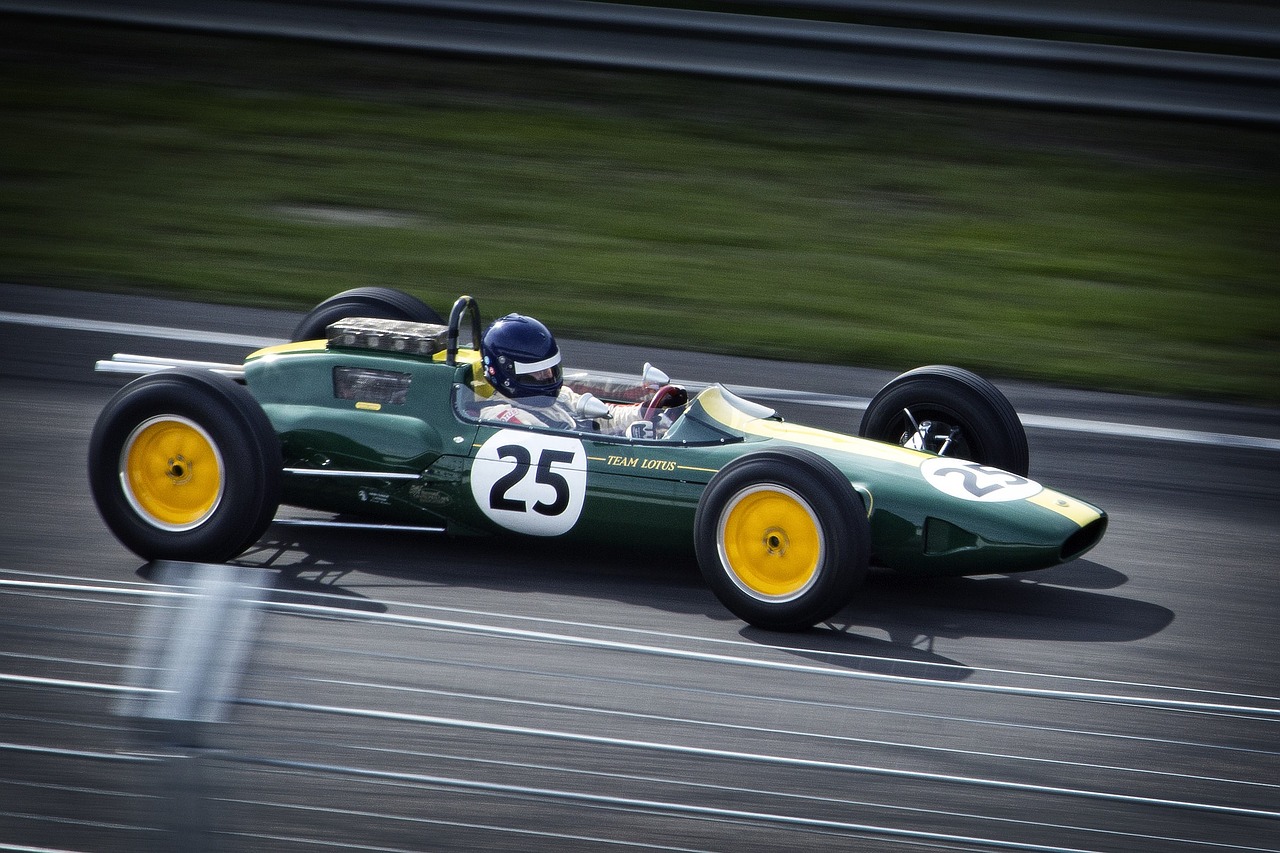
Most auto-crossers and race drivers learn early in their careers the importance of balancing a car. Learning to try to do it consistently and automatically is one essential part of becoming a very good driver. While the talents for balancing a car are commonly taught in drivers’ schools, the rationale behind them isn’t usually adequately explained. That rationale comes from simple physics. Understanding the physics of driving not only helps one be a stronger driver but increases one’s enjoyment of driving in addition. If you recognize the deep reasons why you must do certain stuff you will remember the items better and move faster toward complete internalization of the abilities.
BALANCING
This text explains the physics of weight transfer. you may often hear coaches and drivers say that applying the brakes shifts weight to the front of a car and might induce over-steer. But why does weight shift during these maneuvers? How can weight shift when everything is within the car bolted in and strapped down? The consequences of weight transfer are proportional to the peak of the CG off the bottom. A flatter car, one with a lower CG, handles better and quicker because weight transfer isn’t so drastic because it is in a very high car.
ANALYZING BRAKING
We won’t consider subtleties like suspension and tire deflection yet. These effects are important but secondary. The figure shows a car and also the forces thereon during a “one g” braking maneuver. One g implies that the entire braking force equals the load of the car, say, in pounds.
Lf is the lift force exerted by the bottom on the front tire, and Lr is the lift force on the rear tire. These lift forces are real because they keep an airplane within the air, and they keep the car from falling through the bottom to the middle of the world. We don’t often notice the forces that the bottom exerts on objects because they’re so ordinary, but they’re at the essence of car dynamics. the explanation is that the magnitude of those forces determines the power of a tire to stay, and imbalances between the front and rear lift forces account for understeer and oversteer. The figure only shows forces on the car, not forces on the bottom and therefore the CG of the planet. Newton’s third law requires that these equal and opposite forces exist, but we are only concerned about how the bottom and therefore the Earth’s gravity affect the car.
If the car were standing still or coasting, and its weight distribution was 50-50, then Lf would be identical to Lr. it’s always the case that Lf plus Lr equals G, the load of the car. Why? due to Newton’s first law. The car isn’t changing its motion within the vertical direction, a minimum of as long because it doesn’t get airborne, that the total sum of all forces within the vertical direction must be zero. G points down and counteracts the sum of Lf and Lr, which punctuate.
Braking causes Lf to be greater than Lr. Literally, the “rear end gets light,” collectively often hears racers say. Consider the front and rear braking forces, Bf and Br, within the diagram. They push backward on the tires, which march on the wheels, which pass on the suspension parts, which pass on the remainder of the car, slowing it down. But these forces are engaging at ground level, not at the extent of the CG. The braking forces are indirectly slowing down the car by pushing at ground level, while the inertia of the car is ‘trying to stay it moving forward as a unit at the CG level. These objects would have a bent to tip or rotate over, and therefore the tendency is larger for taller objects and is larger the harder you pull on the material. The rotational tendency of a car under braking is because of identical physics.



